Paradigm shift
For many years we have been experiencing an existing gap between computational design and BIM tools. It’s exactly in that gap, that Rhino. inside found some ground, blurring the boundaries between the two areas. Rhino.inside brought a new shift for the architect’s workflow and new interoperability between platforms.
Integrative modeling seminar explores the smart interoperability between generative tools and BIM through the use of Rhino.inside in the project workflow.
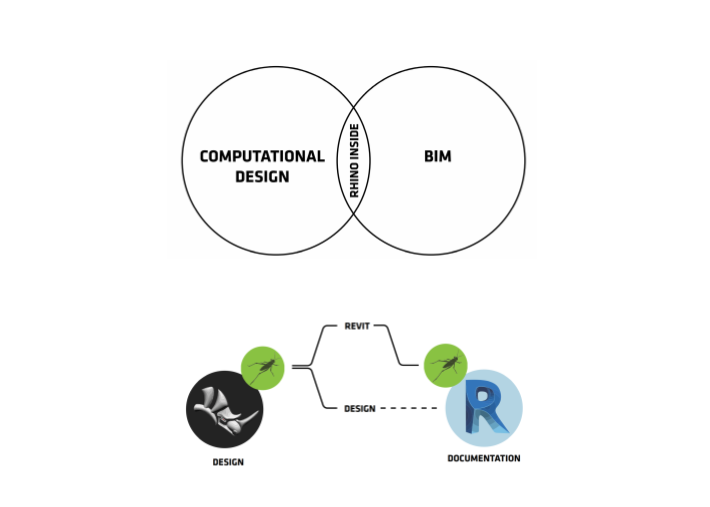
Workflow
We started the process for our lunar temple collecting the different inputs from our research, context, and the colony neighbors, and proceed to create the first designs and forms explorations in Rhino and Grasshopper.
After finding the main concept, based on our idea of gathering people around a meaningful space – the temple – we started to define the different building parts and how could our interoperability process be.
When implemented, our operability script using Rhino.inside components, allowed us to work more efficiently, create documentation, as well as changing design, in any phase of the project development.
Our workflow included modeling geometry for the external temple in grasshopper and the internal temple in rhino. All the geometry was combined into a single GH script and assigned Revit categories.
We prepared a Revit base file with the levels, origin, units defined to match the parameters of our grasshopper script
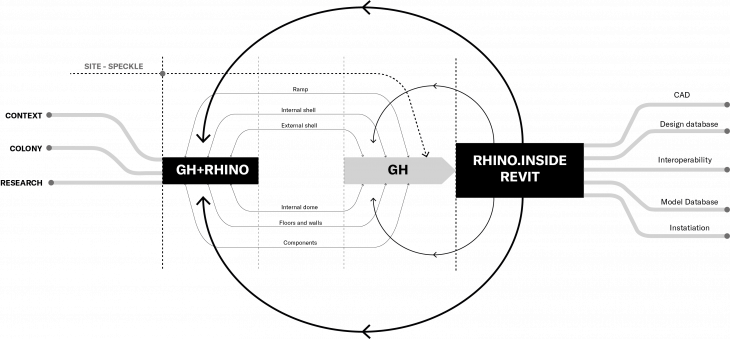
Group Workflow and operability
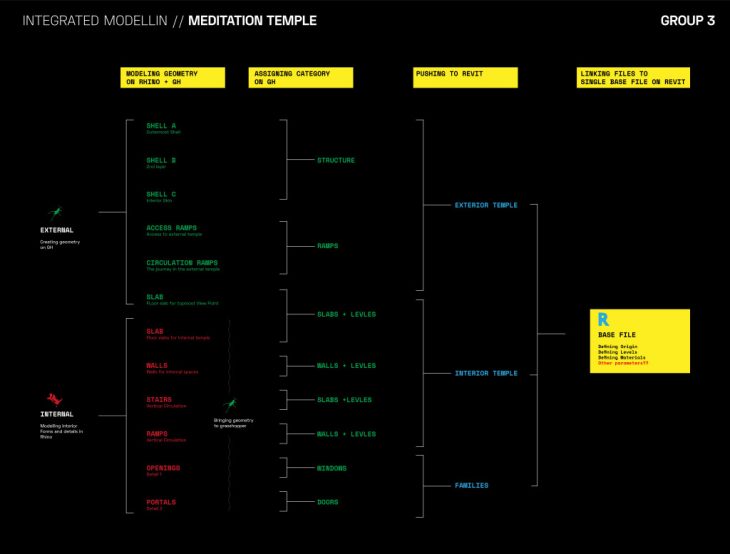
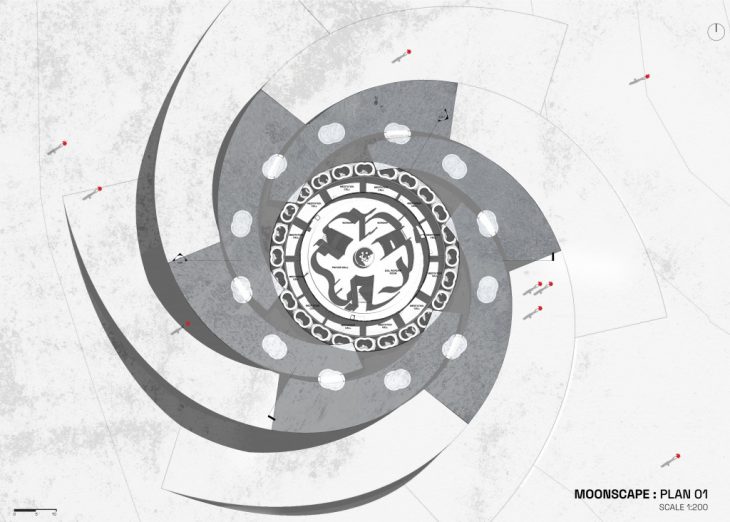
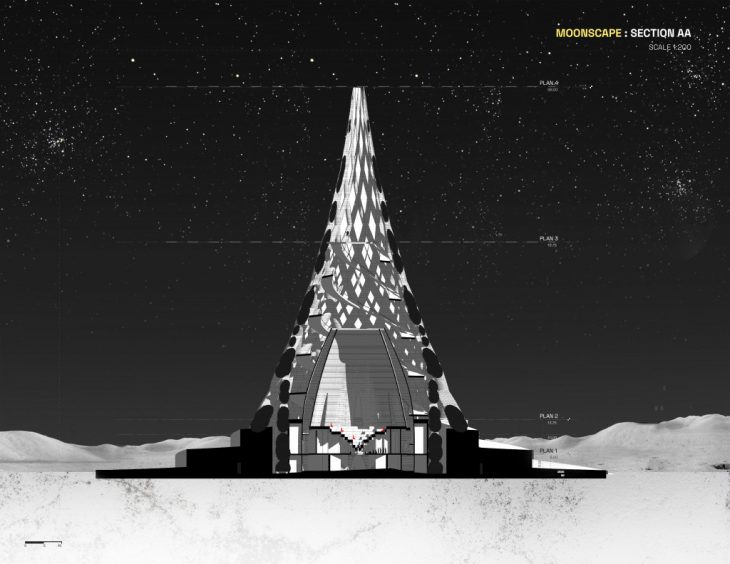
The experience
We believe Rhino.inside has narrowed down the gap between Rhino and Revit and the potential of this system, is great and it’s a step forward for the desired workflow. The capacity to associate design decisions with real-time documentation is extremely vital.
Workflow highlights +
- The capacity to associate design decisions with real-time documentation
- To bridge the gap between generative tools and BIM tools, with less need for exporting/importing actions with the risk of losing data.
- We could merge design components in Rhino with BIM categories, creating the possibility to schedule them and retrieve elements information.
Workflow highlights –
- Rhino.inside workflow works better when both systems work in parallel (Rhino+Revit). When we introduced the Rhino.inside our workflow, most parts of the design were set up in rhino, which has not followed always the correct way of modeling according to some of the components.
- In some situations, some of the Revit components for Grasshopper have shown to be sensitive, and even when translating the geometry correctly, they were still showing errors in the component.
- When the complexity increases, does not get always easy to understand which elements are updated. That situation has to lead to some mistakes.
Credits
Moon(e)scape: Meditation Temple // Integrative modeling is a project of IAAC, Institute for Advanced Architecture of Catalonia developed at Master in Advanced Computation for Architecture & Design in 2020/21 by
Students: Amal Algamdey, Krishnanunni Vijayakumar, Pedro Ribeiro, Varun Mehta
Faculty: Ardeshir Talaei & Sepehr Farzaneh
